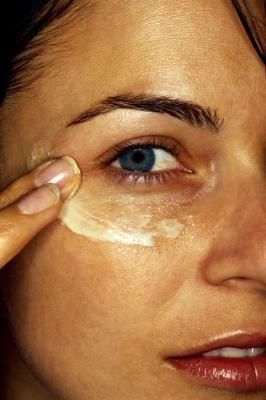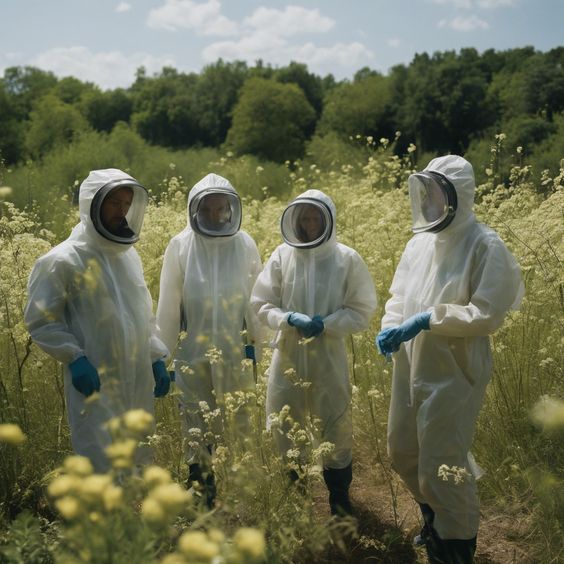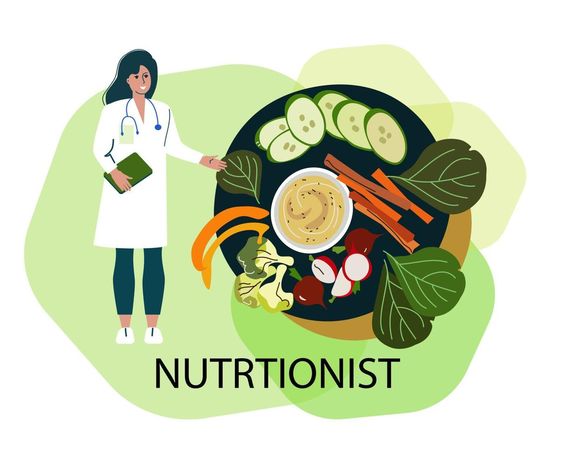Human skin cells: these microscopic powerhouses form the foundation of our body's largest organ, orchestrating a symphony of functions that safeguard our health and vitality. In this exploration, we embark on a journey into the intricate world of human skin cells, unravelling their secrets and significance in maintaining the body's delicate balance.
At the heart of our discussion lies the remarkable complexity of human skin cells. Comprising various cell types, including keratinocytes, melanocytes, and immune cells, the human skin cell community functions as a cohesive unit, each cell type playing a unique role in preserving skin integrity and functionality. From shielding against external threats to facilitating sensory perception, these cells form an intricate network that epitomises the marvels of biological architecture.
Delving deeper into the realm of human skin cells unveils their multifaceted functions. Keratinocytes, for instance, constitute the majority of cells in the epidermis, the outermost layer of the skin. These resilient cells produce keratin, a fibrous protein that provides structural support and waterproofing, thereby forming a protective barrier against environmental stressors and pathogens. The concerted efforts of keratinocytes ensure the skin's resilience and ability to withstand the rigours of daily life.
Moreover, human skin cells extend beyond their structural role to encompass crucial regulatory functions. Melanocytes, specialised cells scattered throughout the epidermis, are responsible for producing melanin, the pigment that imparts colour to the skin. Beyond aesthetics, melanin serves as nature's sunscreen, absorbing and dispersing harmful ultraviolet (UV) radiation to prevent DNA damage and reduce the risk of skin cancer. Thus, the intricate interplay between melanocytes and their surrounding environment underscores the skin's adaptive capabilities in response to external stimuli.
The significance of human skin cells transcends mere physical attributes, encompassing vital immunological functions. Langerhans cells, a type of immune cell residing in the epidermis, serve as sentinels of the skin's immune system, patrolling for foreign invaders and initiating immune responses when necessary. Through their ability to detect and process antigens, Langerhans cells contribute to the body's defence against pathogens, thereby preserving skin health and integrity.
Furthermore, human skin cells play a pivotal role in the intricate process of wound healing and tissue regeneration. Fibroblasts, connective tissue cells abundant in the dermis, produce collagen, elastin, and other extracellular matrix components essential for tissue repair and remodelling. By orchestrating the deposition and organisation of these structural proteins, fibroblasts facilitate the restoration of damaged skin, ensuring optimal function and aesthetic outcomes following injury or trauma.
In the realm of skincare and cosmetic science, understanding the intricacies of human skin cells is paramount for developing effective interventions and treatments. From anti-aging formulations to targeted therapies for dermatological conditions, researchers leverage insights into cellular biology to devise innovative solutions that promote skin health and rejuvenation. By harnessing the regenerative potential of stem cells and exploring novel delivery systems, scientists strive to unlock the full therapeutic potential of human skin cells in the pursuit of beauty and well-being.
Despite their resilience and adaptability, human skin cells are not invulnerable to external stressors and age-related changes. Factors such as UV radiation, pollution, and genetic predispositions can compromise cellular function and accelerate the aging process, leading to visible signs of skin damage and deterioration. As such, adopting a holistic approach to skincare, encompassing sun protection, proper nutrition, and lifestyle modifications, is essential for preserving the vitality and youthfulness of human skin cells.
In conclusion, human skin cells represent the cornerstone of skin health and vitality, orchestrating a symphony of functions that safeguard our well-being. From providing structural support and immune protection to facilitating wound healing and tissue regeneration, these microscopic entities embody the resilience and adaptability of the human body. By nurturing and protecting our skin cells, we can unlock the secrets to radiant, youthful skin and embark on a journey towards long-lasting health and beauty.








